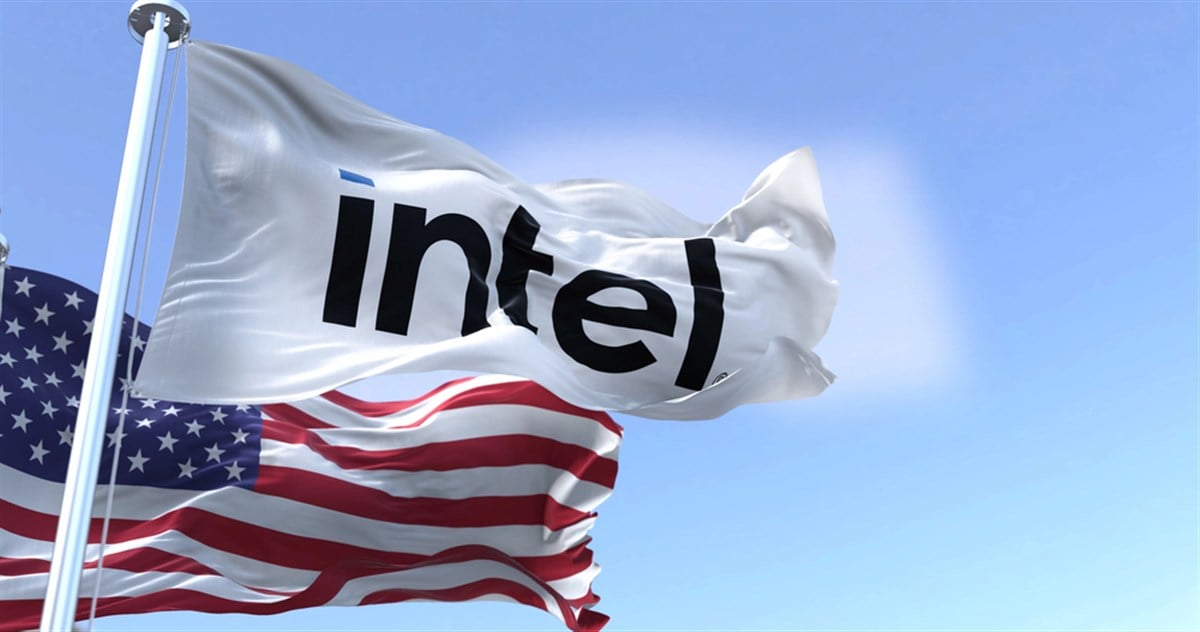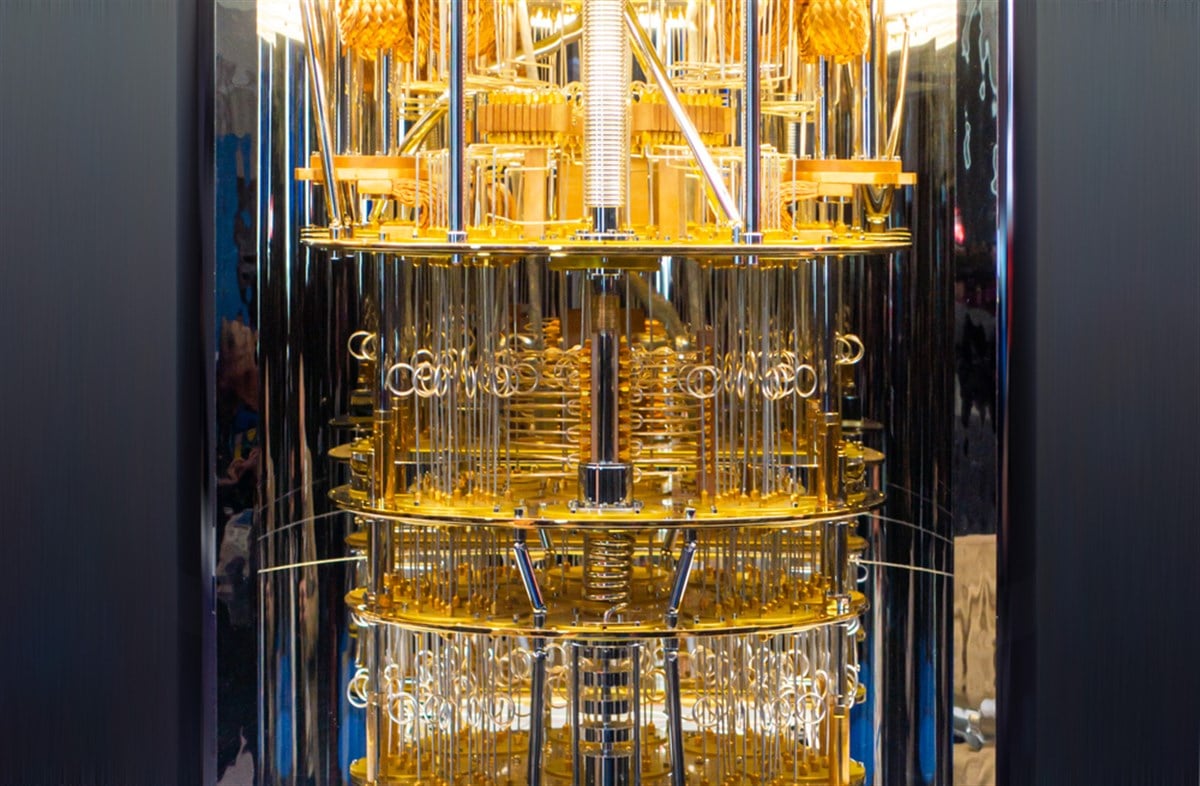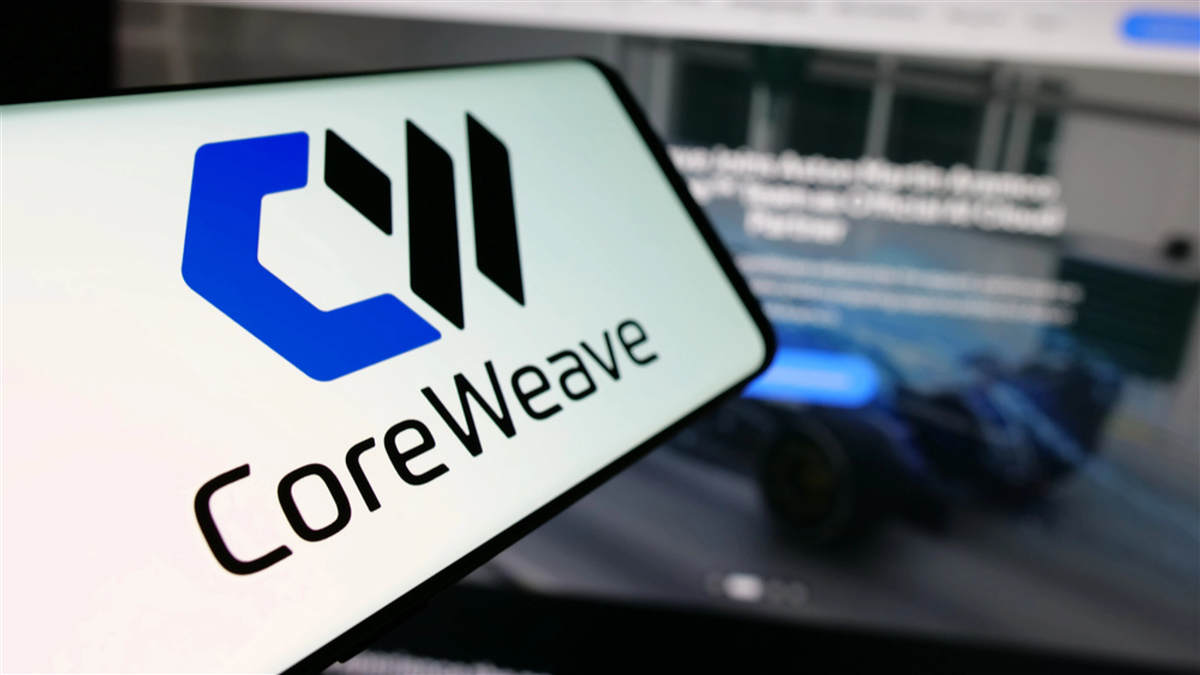Intel's White House Reset: From Political Storm to a Clearer Sky

A multi-day rally for Intel Corporation (NASDAQ: INTC) this week has pushed shares back toward the $22 level, with a surge of over 5% on August 11 that continued to August 12. This newfound momentum in Intel’s stock price was not driven by a new product or an earnings beat. Instead, it was fueled by the successful resolution of a significant political uncertainty that had created an overhang on the stock.
Just days after facing high-level scrutiny from Washington, Intel’s CEO, Lip-Bu Tan, engaged in a direct meeting at the White House that resulted in a public de-escalation of tensions. This rapid and decisive action has cleared a significant hurdle for the company, allowing investors to refocus on the core fundamentals of Intel’s ongoing turnaround with renewed confidence in its strategic alignment with U.S. policy.
Why a Washington Partnership Is Non-Negotiable
For investors, understanding the importance of Intel's relationship with the U.S. government is critical to understanding the potential of the company. Intel’s ambitious and capital-intensive turnaround is fundamentally linked to its role as a key domestic manufacturing partner.
The company was awarded nearly $8 billion in grants from the CHIPS and Science Act, the largest award to a single company. This funding is essential for building the advanced factories, or fabs, that are at the heart of its plan to regain technology leadership from international rivals like Taiwan Semiconductor Manufacturing Company (NYSE: TSM). Any significant misalignment with the administration's America First manufacturing agenda could have jeopardized this crucial financial and strategic support.
Furthermore, leadership stability is one of the most critical requirements during a complex corporate overhaul. With CEO Lip-Bu Tan actively executing a deep restructuring (including a 15% workforce reduction and a pivot in the company's manufacturing roadmap), the recent public scrutiny of his position posed a direct risk to the consistent execution of this long-term strategy.
In an age of intense global focus on supply chain security, Intel’s value proposition depends heavily on its status as a trusted, U.S.-based manufacturer. Reaffirming a constructive partnership with Washington was therefore not just a matter of public relations, but a core business imperative.
How a Meeting Turned Into a Market Advantage
The pivotal event was a "candid and constructive discussion" at the White House between CEO Lip-Bu Tan and the President. The outcome was a de-escalation, with the administration publicly praising Tan's "amazing story" and Intel releasing a statement reaffirming its commitment to U.S. tech sector leadership.
More importantly, the meeting established a path for future collaboration, with plans for follow-up discussions between the CEO and key cabinet members. This transforms the relationship from one of scrutiny to one of active partnership.
This renewed alignment appears to come with a tangible competitive advantage. Competitors like NVIDIA (NASDAQ: NVDA) and Advanced Micro Devices (NASDAQ: AMD) are reportedly subject to a revenue-sharing agreement with the U.S. government, estimated to be around 15%, on certain high-performance AI chip sales to China. Intel's Gaudi AI accelerators are not currently subject to this same requirement.
For investors, this should be seen as a significant development. It provides Intel with a distinct edge in a key global market, allowing the company to either achieve higher effective margins on its AI hardware or pass those savings on to customers to be even more price-competitive against its rivals.
Why the Bull Case Is Stronger Now
The market's strong, positive reaction to these developments is a logical de-risking event. By successfully navigating this high-stakes test, Intel's management has removed a major, unpredictable uncertainty that was weighing on the stock.
Analyst commentary following the meeting reflected this sentiment, with firms like Bernstein calling the resolution a "clear positive." This stability now allows the investment narrative to shift back to the company's fundamental progress in its strategic execution, which remains compelling.
Investors can now refocus on the tangible proof points of the turnaround that were highlighted in Intel’s most recent earnings report. This includes the strong Q3 guidance for a sequential gross margin recovery, the overwhelmingly positive critical reception of the new Lunar Lake processors, and the long-term growth potential of the foundry business, which has been validated by major customer wins.
By reaffirming its strategic importance to the U.S. government, Intel has not just returned to its prior standing; it has arguably strengthened its position, reinforcing the long-term investment thesis for a great American company on the path to recovery.
Learn more about INTC


